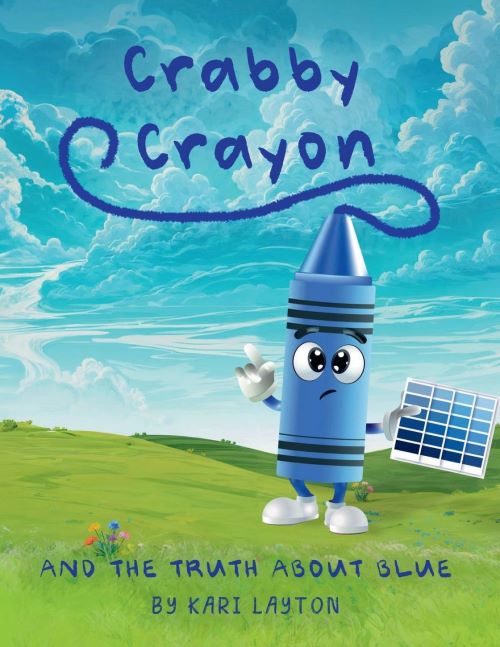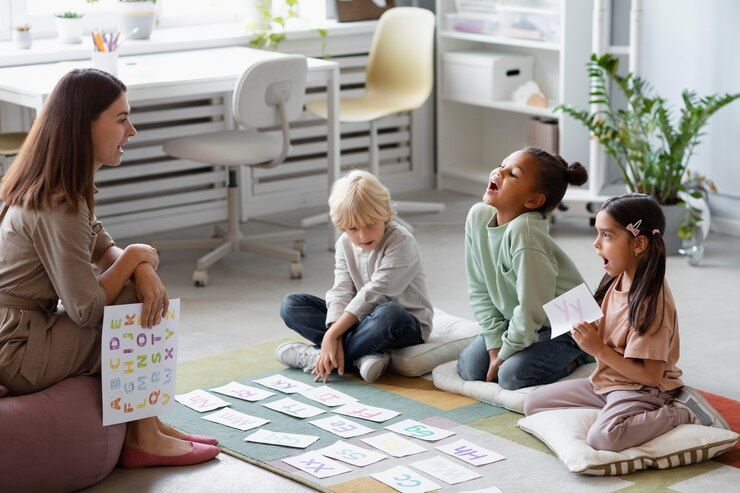Have you ever wondered what the world looks like through a child’s eyes? Kids are naturally curious, but they often see things from their own limited point of view. Teaching them to recognize and respect diverse perspectives helps build empathy, understanding, and open-mindedness from an early age.
When children learn to appreciate different thoughts and experiences, they become more thoughtful and inclusive in how they relate to others.
Why Diverse Perspectives Matter in Childhood
Children live in a world full of differences, cultures, languages, traditions, and beliefs. When you introduce diverse perspectives early, you help your child develop compassion, critical thinking, and social awareness.
Understanding that others may feel or think differently is an important step in growing emotionally and socially.
Simple Ways to Teach Diverse Perspectives
1. Encourage Open Conversations
Ask questions like, “How do you think they feel?” or “What would you do if you were in their shoes?” This encourages kids to imagine different viewpoints.
2. Read Books from Different Cultures
Choose stories that highlight characters from various backgrounds. This gives your child a glimpse into other people’s experiences.
3. Celebrate Differences at Home
Talk openly about different holidays, traditions, and ways of life. Let your child ask questions and explore unfamiliar ideas.
4. Model Empathy in Daily Life
When you show kindness and understanding to others, your child learns to do the same. Be a role model for compassionate behavior.
5. Encourage Active Listening
Teach your child to listen fully when others speak. Remind them that everyone’s story matters and deserves to be heard.
Activities That Build Perspective Skills
Make learning interactive with these engaging ideas:
- The “Same Story, Different Version” Game Tell a simple story from two characters’ viewpoints.
- Feelings Charades Act out emotions and guess how each feels.
- Culture Show-and-Tell Have children share something special about their family traditions.
- “What If” Questions Pose scenarios that require imagining others’ experiences.
Nurturing Lifelong Open-Mindedness
The perspectives children develop now shape how they’ll interact with the world. By teaching them to value diverse viewpoints, you’re helping create:
- More inclusive classrooms
- Kinder communities
- Future leaders who appreciate differences
- Adults who approach challenges creatively

Final Thoughts: Small Steps Make Big Differences
Teaching perspective-taking doesn’t require grand gestures. It happens in countless small moments when you help children pause and consider, “What might this be like for someone else?” These everyday lessons add up to create more empathetic, thoughtful individuals.
How ‘Crabby Crayon and The Truth About Blue’ Fosters Understanding
The charming story ‘Crabby Crayon and The Truth About Blue’ by Kari Layton beautifully illustrates this concept. Crabby believes there’s only one true shade of blue until his friend Green helps him see differently. Through their journey, children learn that perspectives can vary while all being valid. The rhyming text makes this profound lesson accessible and fun for young readers.
Explore the value of different viewpoints with Crabby Crayon and The Truth About Blue! Order your copy now.

